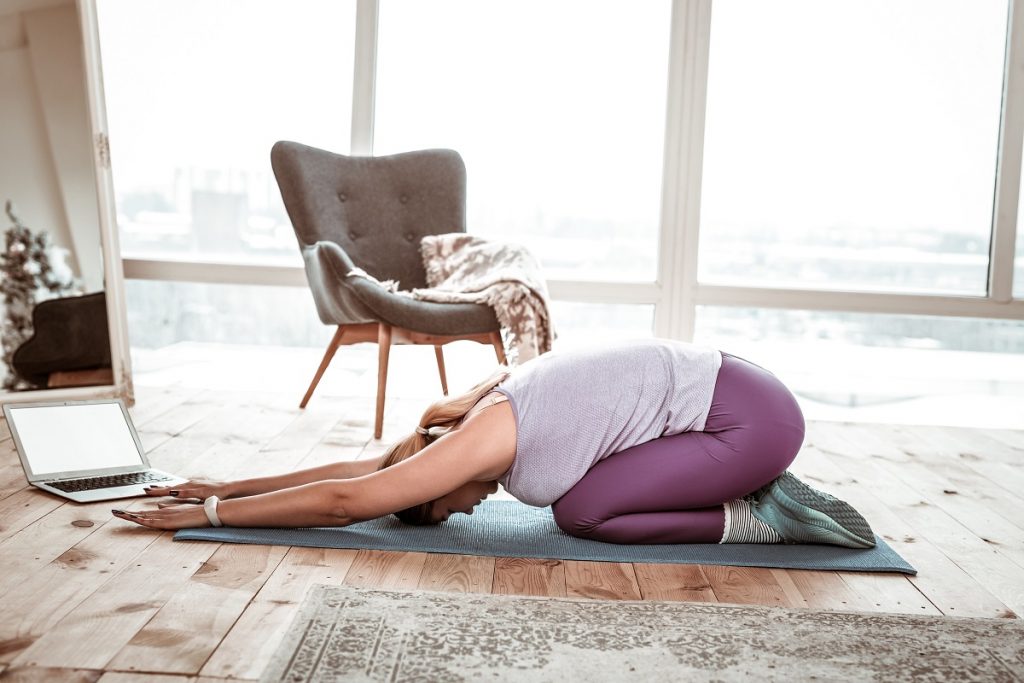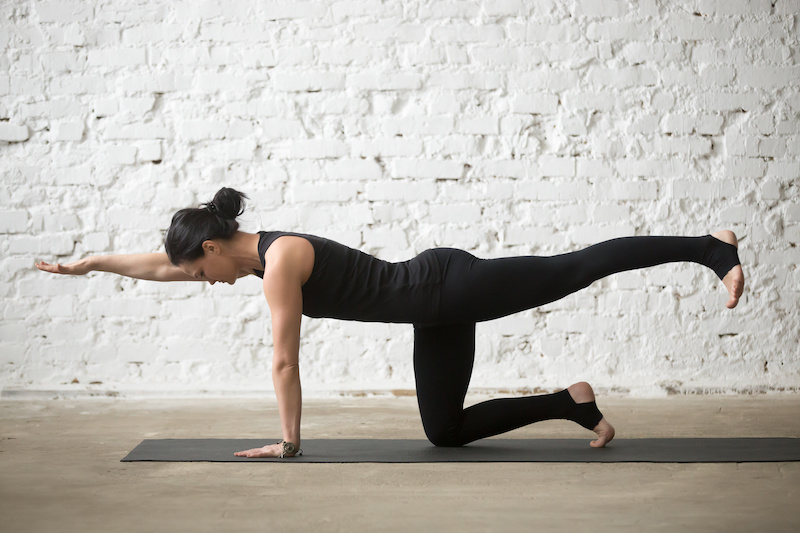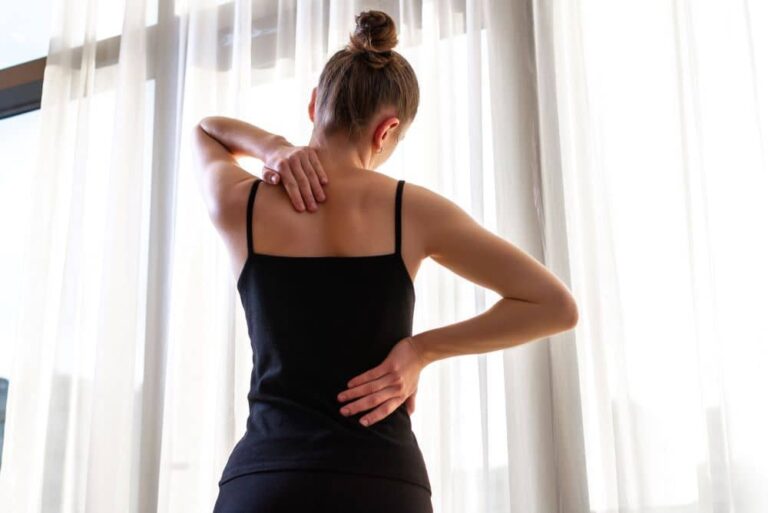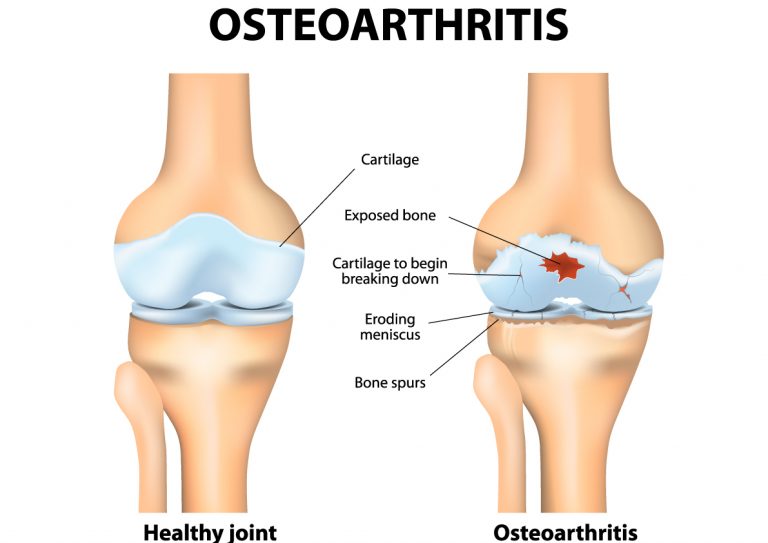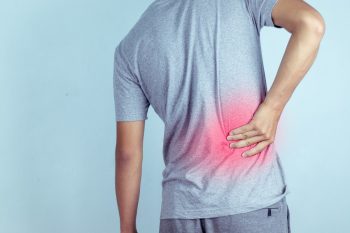
Lower back pain is one of the most common medical complaints in the world, with approximately 4 million Australians affected by this condition.
Though lower back pain has a variety of causes, most are a result of mechanical issues such as an injury. Low back pain can be acute (lasting less than three months) or chronic (lasting three or more months).
For both acute and chronic back pain, science indicates exercise is a key part of the treatment.
10 Tips For Exercising With Lower Back Pain
Back pain can make it tempting to avoid any type of exertion, but being active can help manage back pain as long as you choose the right exercises for back pain. The right exercise can help keep muscles relaxed and bring healing blood flow to the area.
Here are 10 tips for exercising with back pain.
1. Resist the Urge To Lie Still
Although it is tempting to like in bed until the pain goes away, the National Institutes of Health (NIH) states this may actually worsen symptoms.
Simple, low-impact activities such as walking are a great option to stay active in a gentle way. Try walking for 10 to 15 minutes twice a day to start out with. A pedometer can be a helpful, motivating tool for tracking your steps.
2. Stretch It Out
The right stretches can help soothe tight muscles and keep back spasms at bay. Try stretching in the morning and before bed at night.
Yoga and tai chi can be particularly beneficial for back pain sufferers as they naturally incorporate stretches.
3. Identify Pain Triggers
“Extension syndrome” is a type of back pain that causes discomfort while standing.
Causes include sitting for hours on end without using the support of your chair’s backrest and regularly standing up with your knees locked-out (where they are straightened so much that they hyperextend backward, placing pressure on the joint).
One of the ways to check if your issue is extension syndrome is to lie on your back with your legs stretched straight out. After 30 seconds, bend your knees so your feet are resting on the ground.
If bending your knees makes your back feel better, it could be a sign of extension syndrome.
Two other common back-pain issues are flexion and rotation syndromes.
Flexion syndrome, as opposed to extension syndrome, causes pain while sitting. It often results from resting against the back of a chair too much, forcing the spine to flex forward and promote tight hamstrings and weakened, lengthened back muscles.
To test for it, lie on your back with your knees bent. If you feel relief after straightening your legs, it may suggest flexion syndrome.
Rotation syndrome refers to a spine that is rotated in one direction. Often, it hurts to turn to one or both sides and can result from repeatedly turning in one direction (i.e. reaching a desk drawer off to the side or turning to look at a computer monitor).
For rotation syndrome, it can be important to avoid sports such as golf or tennis which can aggravate the imbalance. If you wish to continue such a sport, consider consulting a professional who can teach you the proper biomechanics and how to safely modify moves.
4. Practice Good Posture
Slumping, slouching, and other forms of poor posture cause the pelvis to tilt to stabilize the additional strain on the skeletal system. This causes the low-back muscles to tighten and can lead to pain.
Work on standing up straight with your head, shoulders, hips, and feet in proper form. Wearing high heels also contributes to unstable posture and poor alignment, making it best to stick to shorter heels.
5. Warm-Up Properly
Many back pain issues stem from sudden pressure on the spine without a proper warm-up.
It is important to stretch before any activities and warm up with 5 to 10 minutes of easy cardio such as walking. Just a few minutes of warming up gets blood circulating and may prevent you from worsening your back pain or causing an injury in the first place.
6. Don’t Do High Impact Moves or Lift Heavy Objects
If you lift weights, it is crucial to use proper form and only lift weights you can use comfortably. Weight machines are often easier to control than free weights and may be a safer option, especially for inexperienced lifters.
High-impact activities should be avoided until your pain has healed. Examples include:
- Running
- Step aerobics
- Basketball
- Jumping
Instead of high impact acitivities, try low impact forms of exercise such as:
- Swimming
- Yoga
- Tai chi
- Walking
- Recumbent stationary bicycle
- Elliptical trainer
7. Don’t Lift Weights Above Your Head or on Your Shoulders
Overhead moves such as shoulder presses put stress on the spine and should be avoided if you have back pain.
It is also important to avoid weighted squats or exercises where the weight rests on your shoulders.
8. Try Water-Based Exercises
Water aerobics and other pool-based activities can be especially soothing and gentle for individuals suffering from back pain. Swimming is a non-impact, aerobic exercise that gives you a great workout without placing any pressure on the spine.
What does science have to say about back pain and water-based activities? A two-month study of 49 sedentary individuals with low back pain found that aquatic exercise and other pool exercises showed positive benefits in low back pain.
9. Check With Your Doctor
Most symptoms from back pain symptoms are self-limiting, meaning that they will heal on their own as long as you do not make them worse. Typically this takes several days or weeks.
It is important to check with your doctor if:
- The pain does not go away on its own
- The pain is constant
- The pain wakes you up at night
- The pain radiates into your leg
- The pain is a result of an injury or trauma (i.e. a fall or car accident)
- You experience numbness or tingling
10. Ask For Help
In addition to talking with your doctor, it can be helpful to contact an experienced exercise professional to help you develop a safe program for strengthening your back and helping you heal.

